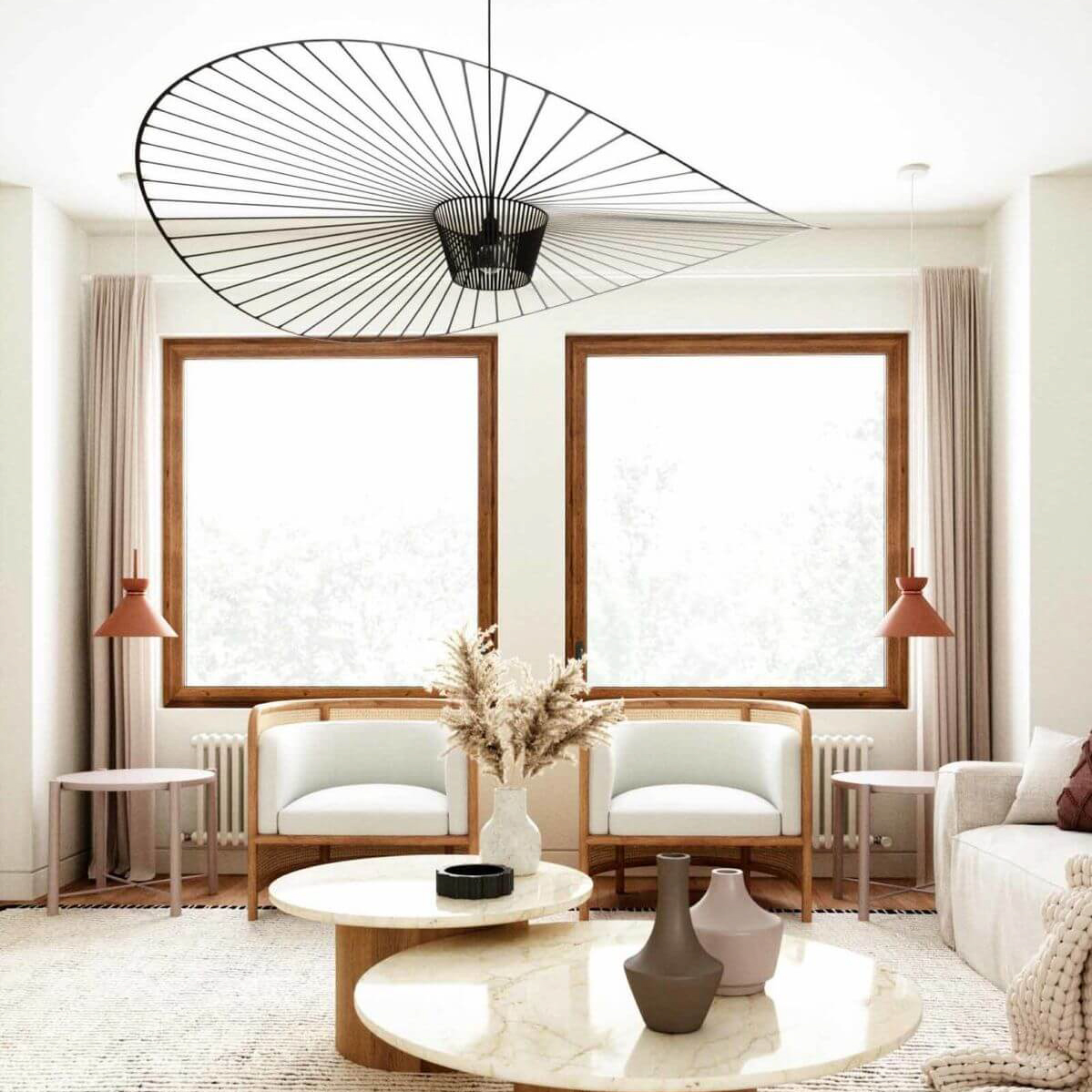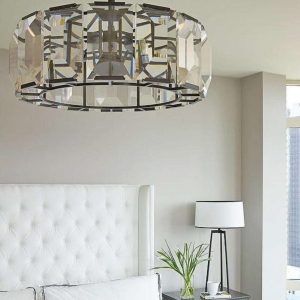
Lighting the Way: Exploring the Art and Science of Architectural Lighting Design
Introduction
Architectural lighting design is the art and science of designing lighting systems that enhance the architecture and environment of a space. It involves considering the aesthetics, functionality, and energy efficiency of lighting fixtures and systems, and integrating them into the overall vision of the building. In this article, we will explore the importance of architectural lighting design and how it can transform a space.
The Role of Architectural Lighting Design
Architectural lighting design is not just about providing illumination to a space. It is about creating an atmosphere that enhances the architecture and environment of a space. It is about using light to highlight the unique features of a building, and create visual interest and drama. An effective lighting design can transform a drab and lifeless space into one that is dynamic and exciting.
Types of Lighting
There are three main types of lighting used in architectural lighting design:
- Ambient lighting: This is the general lighting of a space, and provides overall illumination. It can come from natural sources such as windows and skylights, or from artificial sources such as ceiling fixtures and lamps.
- Task lighting: This type of lighting is used to provide illumination for specific tasks such as reading, cooking, and working. It can come from desk lamps, under-cabinet lighting, and task lighting fixtures.
- Accent lighting: Accent lighting is used to highlight specific features of a space, such as artwork, sculptures, and architectural details. It is often used to create visual interest and drama in a space.
Lighting Techniques
There are several lighting techniques used in architectural lighting design:
- Uplighting: Uplighting is used to highlight the ceilings and walls of a space. It can create a sense of height and drama in a room.”
- Downlighting: Downlighting is used to provide general illumination to a space. It can come from ceiling fixtures, recessed lighting, and pendant lights.
- Wall washing: Wall washing is used to provide even illumination to a wall. It can create a soft glow and enhance the texture and color of a wall.
The Benefits of Architectural Lighting Design
There are several benefits of architectural lighting design:
- Enhances the aesthetics of a space: A well-designed lighting system can highlight the unique features of a space and create visual interest and drama.
- Improves functionality: Task lighting can improve the functionality of a space by providing specific illumination for certain activities.
- Increases energy efficiency: An efficient lighting system can reduce energy costs and improve sustainability.
- Creates a mood: Lighting can create a specific mood or atmosphere, such as a cozy and inviting feel or a bright and energizing vibe.
The Future of Architectural Lighting Design
As technology advances, so does the field of architectural lighting design. New lighting fixtures and systems are being developed that are more energy efficient and sustainable. LED lighting, which uses less energy and lasts longer than traditional lighting sources, is becoming more common in architectural lighting design. In addition, smart lighting systems, which can be controlled remotely and adapt to the needs of the user, are gaining in popularity. As architects and designers continue to explore new and innovative lighting solutions, the future of architectural lighting design looks bright.


